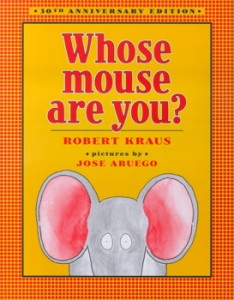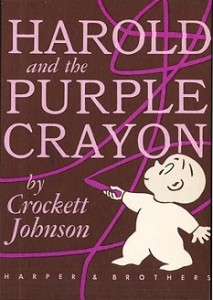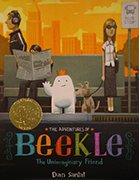Writing Picture Books: Not as Easy as it Looks (PART 1)
Since the beginning of this writing journey, I have wanted to write a picture book. And, like many authors, I have more than one abandoned picture book manuscript to my name. I sometimes imagine them huddling together in a drawer somewhere, trying to keep warm. Out of sight, but not necessarily out of mind. I still love the ideas for those stories deeply, but I just could not figure out how to make them work.

While writing novels is not particularly easy, I found myself better able to figure out the structure of the longer format. I still had to study my craft, and learn to edit with an iron fisted pen, but it has always felt more natural to me than the shorter, “easier” children’s picture book format.
Why? One reason is that I have read thousands of novels over the years. And while I read plenty of picture books when I was younger and a few hundred more when the girls were young and wanted to be read to, I hadn’t actually absorbed them the way I did the innumerable novels I have consumed over the years. Also, reading Whose Mouse Are You? by Robert Kraus to my little brother a gazillion times still only counts as one book.

Over the years, I attended numerous picture book workshops, studied the format, and read lots and lots and lots of picture books. Still, I couldn’t make my ideas work.
I know a lot of people think picture books look easy. After all, there are so few words in them. In some cases, for example works like Molly Idle’s Caldecott Honor book Flora and the Flamingo, there are no words at all! How hard can it be to write one?

Finally, almost three years ago, after having pretty much given up on the idea of writing picture books, I found an idea for a book that could best be told in short form. It sparked my flagging enthusiasm into a fiery passion and revived my desire to finally create a picture book manuscript that worked.
I sketched out a rough draft. Then, needing to get another novel finished, let it sit and simmer for a bit. Over time, I went back and worked on it, still not getting it right, but knowing that the idea had merit and that I wanted to write it.
Once I had the main idea set, I sought feedback from someone who really knows picture books. I got great feedback that I was able to use to rewrite the story, with a focus on the same key things that go into a novel. In this case, my story was still missing the mark on two main counts, character development and conflict.
One might ask, “How the heck do you squeeze character development and conflict into a 500-word story?”

Well, that’s one of the reasons it’s so difficult to write a good picture book. You have to tell a complete, engaging and compelling story in about 500 words. (That’s not a hard and fast word count, of course. But it’s in the ballpark of current trends.)
Another reason is that, as a writer, you have to tell that story while also leaving plenty of room for the illustrator to create visual images that complement the words and add dimension to the story.

Like I said, picture books are not as easy as they look. But I really wanted to write one, and since I am not an illustrator, I needed to write the words.
So, I rewrote and revised and re-visioned. Then, I rewrote some more. All in all, it took two years before I had a manuscript I thought was worth submitting. That’s about as long as it takes for me to write and polish a novel to submission readiness!
(To be continued in a future blog, tentatively titled, Submitting Picture Books or I think it’s done, I think it’s done.)


